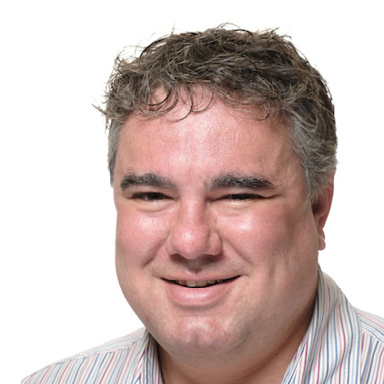Silent strokes are a growing concern as they are increasingly occurring in individuals under the age of 50.
Traditionally, strokes have been associated with older individuals as a result of risk factors such as high blood pressure and age-related conditions. Compared to strokes in young adults which are more heterogeneous due to a wider variety of possible causes that are often undiagnosed and therefore not treated.
According to Dr Rudi Renison, a neurologist at Mediclinic Cape Gate, he has seen a growing trend in people under 50 years of age experiencing strokes and the concerning part is that these strokes can be ‘silent’ and thus the individuals may remain unaware of the damage being done.
What are silent strokes and why are they a concern?
‘’A silent brain infarction (subclinical stroke) is a cerebral stroke without obvious stroke-like symptoms as they occur in ‘silent areas’ of the brain and are typically seen incidentally on CT or MRI scans done for other reasons,’’ Dr Renison explains.
While a patient may not experience any external symptoms while suffering from a silent stroke, it doesn’t make the stroke any less dangerous. A silent stroke is associated with double the risk for a future stroke. In addition, the silent stroke might indicate a serious and potentially treatable underlying cause, for example, a cardiac condition.
‘’Though silent strokes may not have external symptoms, repeated incidents may result in symptoms associated with memory difficulties, cognitive decline, overt dementia and depression,’’ says Dr Renison.
Dr Renison notes that there are a number of risk factors for silent strokes in younger people:
- Traditional risk factors: hypertension, diabetes, high cholesterol, obesity, and physical inactivity are prevalent in this age group.
- Mental health issues: increased rates of anxiety and depression among individuals under the age of 50 years may elevate stroke risk.
- Vaping and tobacco use: while traditional tobacco use has decreased, vaping is on the rise and is associated with higher stroke risk compared to people not vaping.
- Screen time: excessive screen time has been linked to poor sleep, depression and increased stroke risk.
- He advises that there are specific preventive measures that can be taken to reduce risk:
- Regularly screen for health issues: routine check-ups can help identify and manage risk factors.
- Adopt a healthy lifestyle: engage in physical activity, maintain a balanced diet, and manage stress effectively.
While the occurrence of silent strokes in individuals under 50 is on the rise, this alarming trend highlights the importance of early detection and measures to maintain personal health. To ensure your health and wellbeing, it is recommended to undergo regular health screenings.
For information on health screenings near you during October and November, please click here.
Further publications on the topic
Doctors 1


